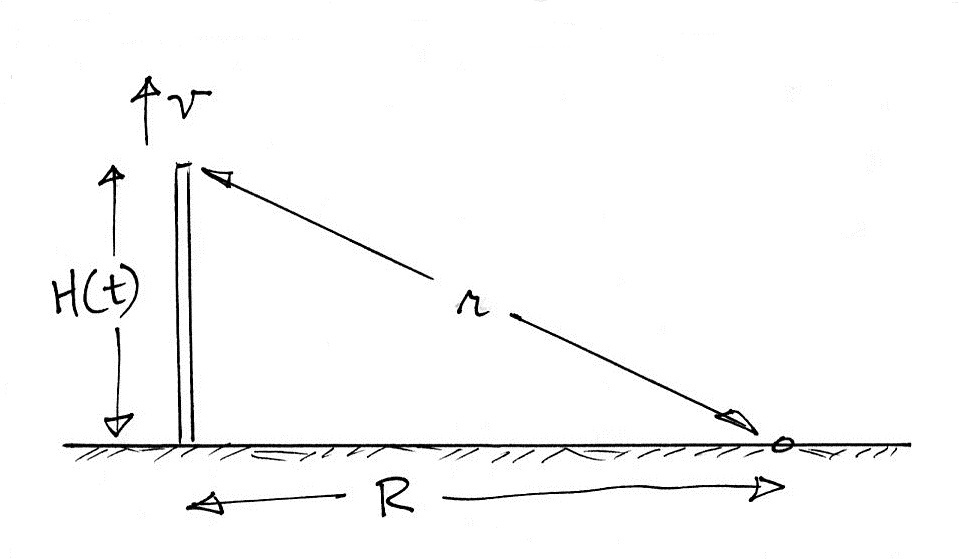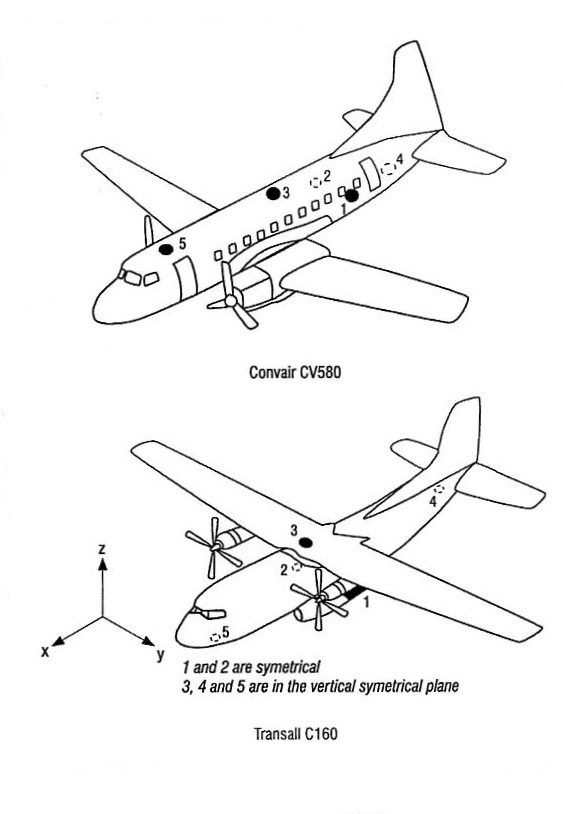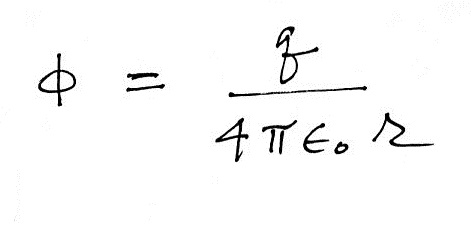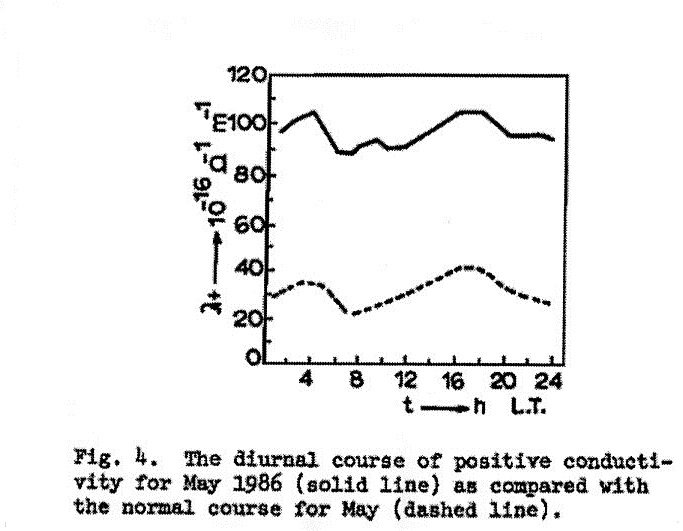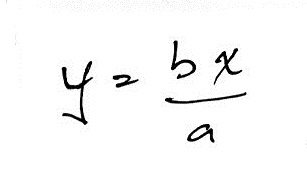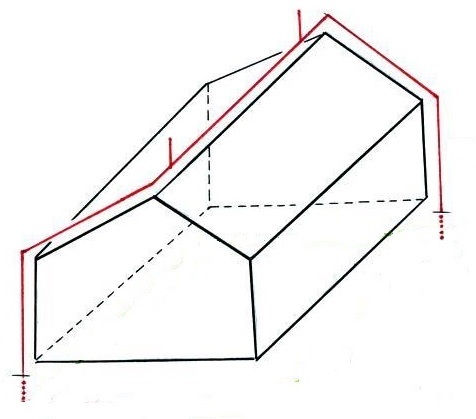
(f) What do you think is the simplest and most effective way of protecting sensitive home electronics from damage during a lightning storm?
(g) A two station network of magnetic direction finders would not do a very good job locating lighting that strikes on the baseline between the two stations. Why is this? What two ways are there that the magnetic direction finder data could be used to improve the accuracy of locations on the baseline.
(h) Where are the highest lightning flash densities found in the world? Is there more lightning over the land or over the ocean? When during the year does the peak lightning activity occur?
(i) Describe the sequence of events that occur during a rocket triggered lightning discharge. In what way(s) is a triggered discharge different from a natural cloud-to-ground discharge? In what way(s) are the two kinds of discharges similar?
(j) Describe how lightning return stroke currents can be measured directly and remotely.
